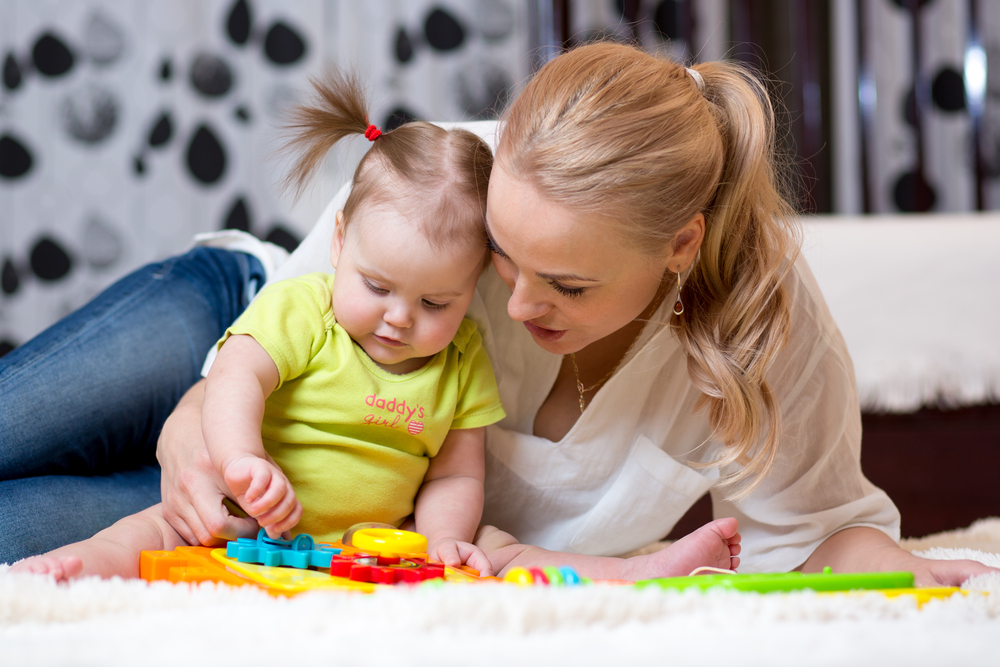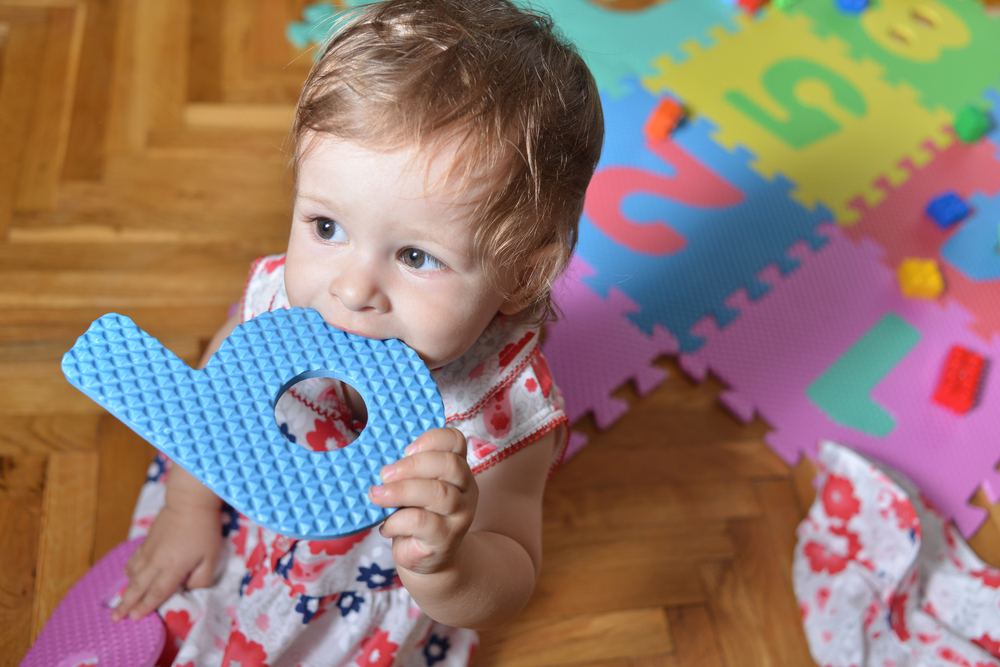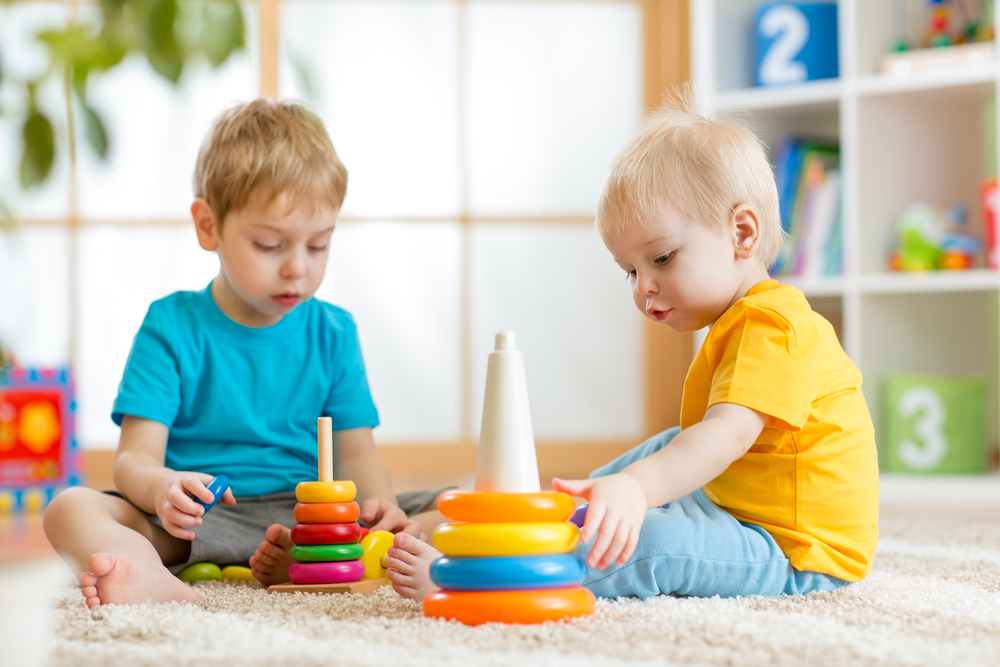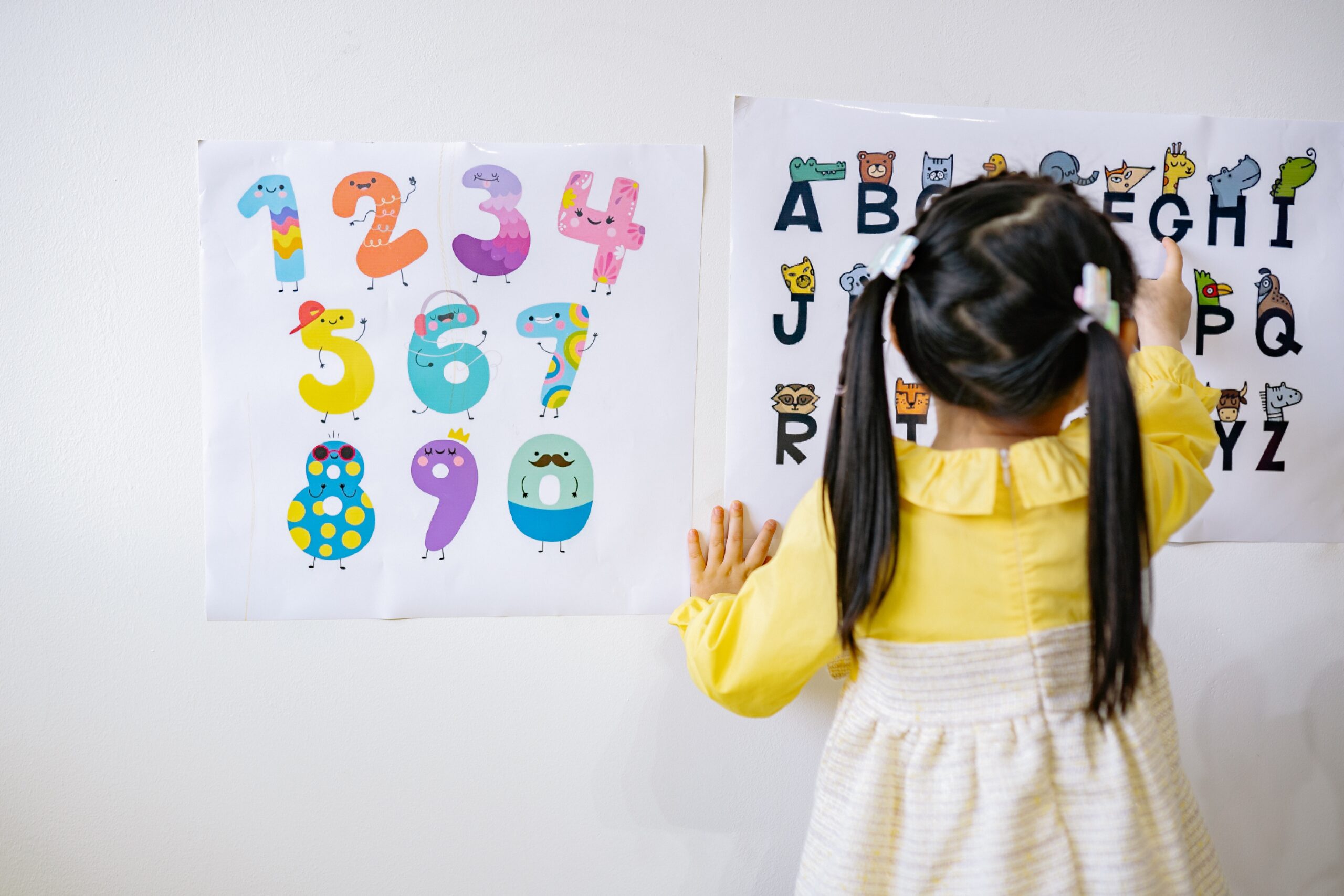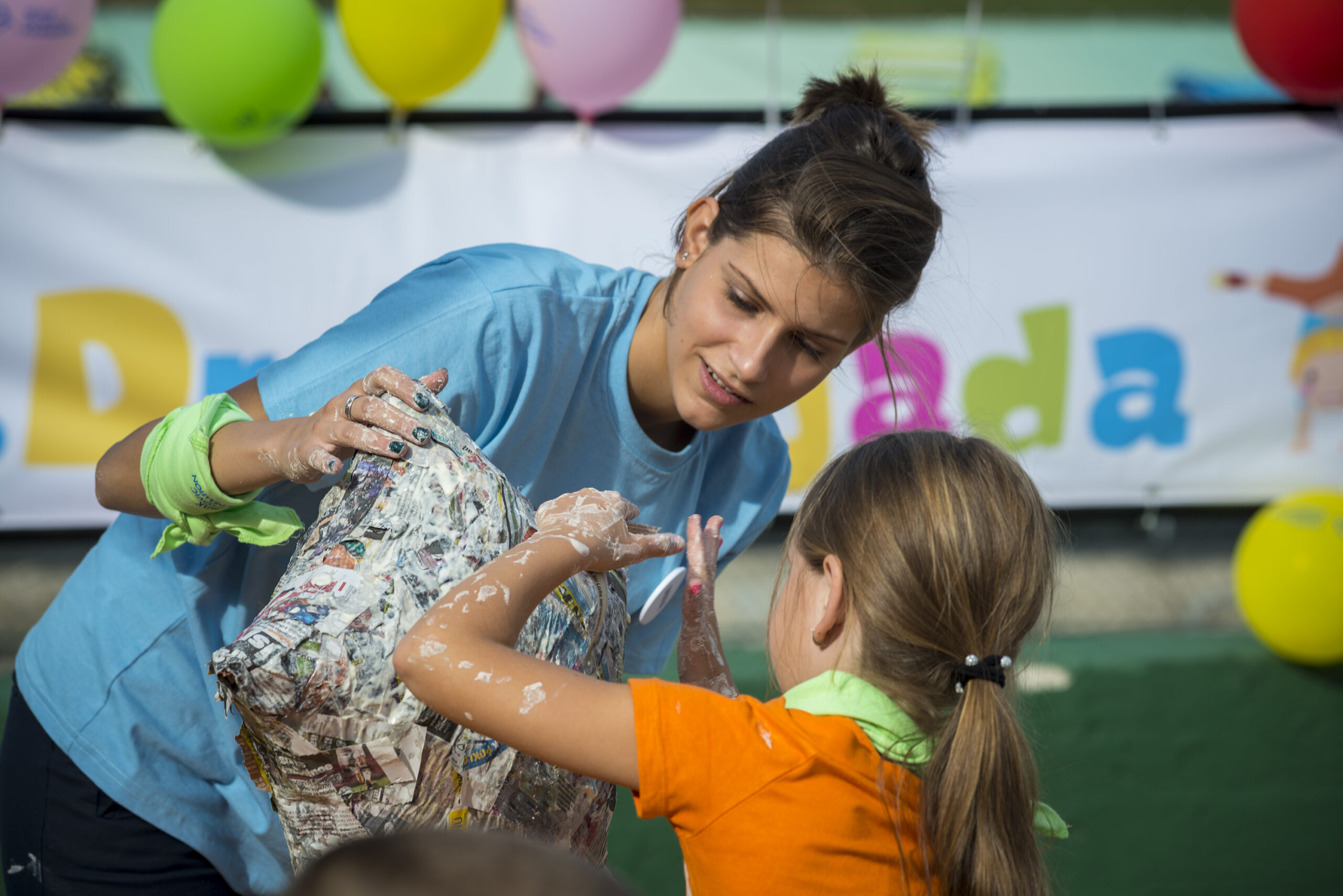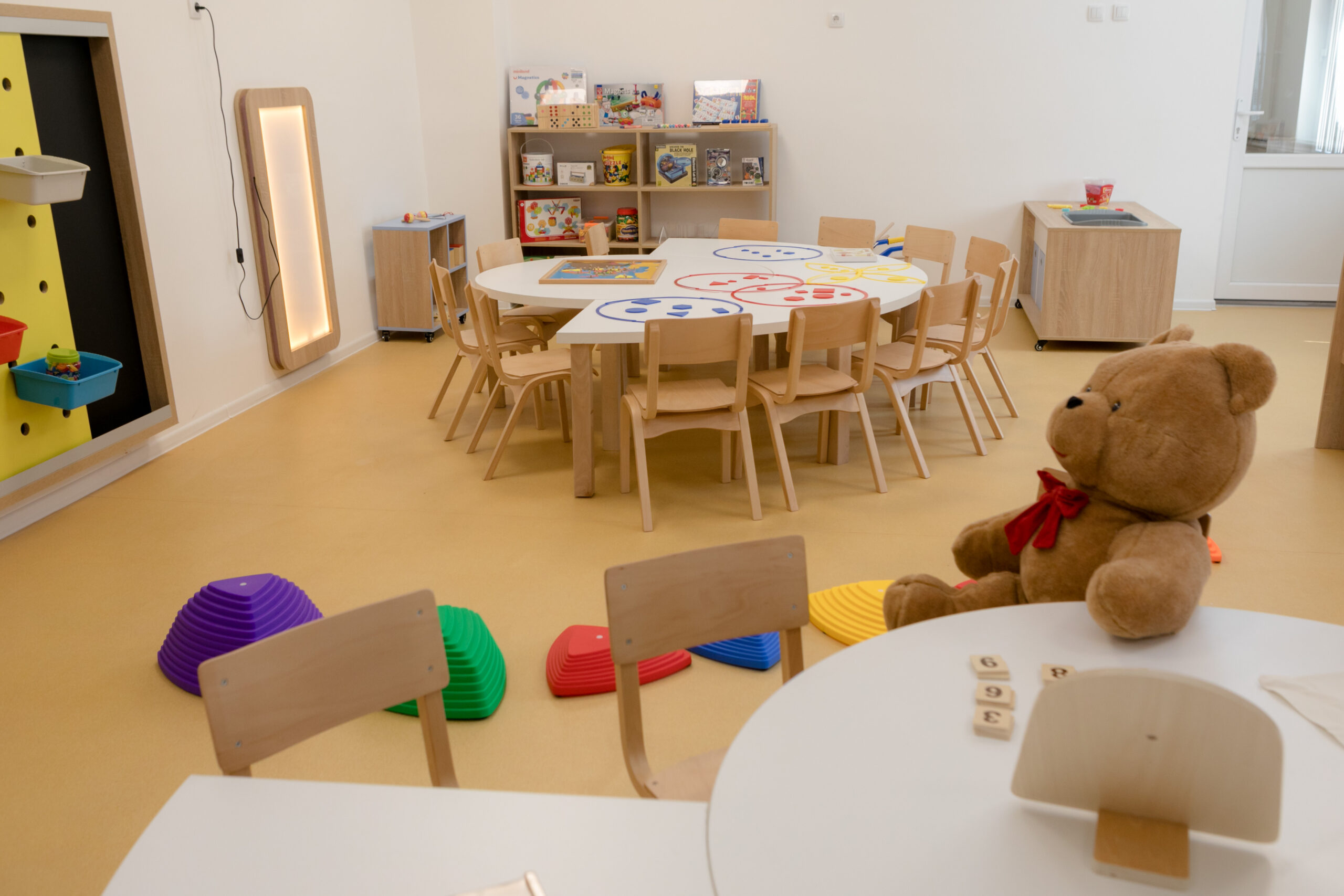Playing is very important for early development of children, because running, jumping, skipping, crawling, and climbing stimulate different regions of the brain, says Ranko Rajovic, author of NTC system of learning.
How to prepare children in schools for the life and challenges of tomorrow? How to teach them useful things and help them reach their full biological potential? How to coordinate children’s need for movement with the temptations of new technologies that can literally enslave them?
In order to do so, we need to align school activities with game-based learning, learning with the help of new technologies, and also something that parents usually forget – simple child’s play, the one that was common 10-20 years ago: running, jumping, skipping, crawling, climbing”¦. This is very important because walking upright is a basic human characteristic that shaped our evolution, especially our brain, organ responsible for survival. All parts of the brain are coordinated, connected and work in sync. If a child spends too much time sitting or lying down, potential cognitive impairments might follow later in life. Therefore, some rules should be established, such as: one hour of sitting must be compensated with two hours of playing (outdoors, be it a park or a playground).
At this point in time, we have almost stopped being physically active, we spend most of our day sitting, so the brain is deprived of important stimulation, which in turn affects the physical development. An example would be the fact that today 60% of children, and in some cities more than 70% of children, have flat feet.
Two decades ago this percentage ranged between 10 % and 14%. This number was steady and thus genetically predetermined, meaning that everything above this range reflects the developmental problems we encounter today. Same issue we encounter with speech disorders, reading difficulties and concentration problems. Some children simply became incapable of learning. The child doesn’t move, brain is deprived of important impulses and that’s how a problem starts. This is why the parents need to encourage motor skill activities that include jumping, catching a ball, skipping a rope”¦ Essentially, our capabilities are shaped, among others, by those activities and this is the reason why they are so important.
Development of Synapses
It is well known that most of the brain development occurs in the first years of life, during a dynamic synaptic reformation, with most of the synaptic connections being formed by the age of 12. After that we can only slightly influence a child’s intelligence.
Some of the mistakes we already make as soon as a child is born. We put girls into pink rooms and boys into blue rooms. Yet, it is known that contrast stimulates the development of brain, so the room needs to have a lot of colors. When a child learns to walk, parents often limit child’s movements; they don’t allow running, jumping, or spinning, thereby preventing stimulating activities.
Since the day of birth, parents can and do influence the child’s brain development. The child needs to have a stimulating environment at all stages of the development. Soft, pastel colors are not a good choice during the first period of life. It is much better to have contrasting shapes and colors that surround the child, so that the eye can discern objects and shapes. The biggest parental influence is possible in the period when a child listens and understands what’s being said, around the age of two and a half or three. A child intuitively engages in activities that stimulate the brain development, but parents prevent them, unaware of potential harm they are causing.
The useful activities are:
- rotating/spinning around their own axis (children love to spread their arms and spin in circles)
- jumping (children are happy when they’re jumping on their beds)
- games where keeping balance is needed (children enjoy walking on curbs and shoulders, but parents forbid them lest they should fall)
- climbing trees, furniture, tables (we don’t allow them because we fear that they might fall and get hurt)
On the other hand, parents allow them to play games that are harmful and completely useless from the evolutionary standpoint.
We have turned our backs on nature, and for this we’re paying the price.
National statistics from most of the neighboring countries indicate the increasing rate of developmental disorders. There is more dyslexia, dysgraphia, dyscalculia, as well as other disabilities that prevent children from normal learning and achieving results that were predetermined by their genetic potential.
Many of these problems could be stopped if we would treat our kids in a normal way – like our parents did. I don’t know where all this fear of their child getting hurt while playing comes from! We worry, protect our children, and indulge their requests too much and by doing so, we actually don’t allow their full biological development.
For example, we’ve done a huge research with parameters that are important for the assessment of child’s development, and one of the tests was whether the children knew how to tie their shoes. Over 70% of six-year-old children didn’t know how to do this. We asked their parents why they’d bought them Velcro shoes and the response was – they don’t want their child to have trouble doing it. I’ve heard that in stores there are almost no shoes with shoelaces for that age, because almost no one buys them! In fact, we parents are guilty for everything that is happening to our children.
We have to help our children see school as a way to have fun, because learning should equal playing.
We can’t, for example, observe reading outside of the context of learning and methods of work in school. What is important is to know that if we force reproductive learning onto our kids, it would be against physiology and would surely end with them resisting going to school, resisting that type of learning and even the reading itself over time. According to some research children don’t read books that are required, instead they find short versions on the Internet, read just some chapters, and only 20% actually reads the books! This varies by country, but realistically the problem is getting bigger. It is possible that children’s lives are increasingly faster and everything is happening in a short time-after finishing a video game in an hour during which they experience a lot of anxiety, happiness, suspense and excitement, it is hard to read a book where everything is happening quite slowly.
Another problem is that children have a decline in accommodation (reaction of the eye to objects moving closer or farther) and that can mean having trouble while reading, so they mix up letters in a sentence and even between lines. Then reading is not only boring, it also becomes a problem. The child has a lack of concentration, it happens that they can’t repeat what they’ve read, and they forget a lot of things and have to read all of it again. It hasn’t always been like that, but somewhere (along the line) we made a big mistake.
Help Children through Play
- Classification – the child classifies objects according to some characteristic, for example, they separate white from red balls. For our program we’ve come up with a different way to classify things, that is to say we let the child do it in their own thoughts, with symbols of abstract concepts;
- Seriation – the child lines up objects according to their size (for example, big ball, and then medium sized and small);
- Analogy – For example, we ask the child what similarities between the Irish and Italian flag are, but that the Russian and French don’t have. The child would analyze those flags in their head and say: “œThe color green”.
- Association – it helps with everyday life. The association cortex is a prominent part of the human brain and a whole network of synapses is developed just for this important region of the brain. Unfortunately, this superb system of brain abilities is not properly used by our children during their learning process, and so they quickly forget what they’ve learned or they even don’t know how to connect what they’ve learned (when it comes to functional knowledge, Serbia is one of the worst countries in Europe). This system can be used deliberately and also exercised (through some games) from the age of three.
- Abstraction – recognizing symbols of abstract concepts;
Stress as a Consequence of Reproductive Learning
Children in our country and in Europe learn reproductively; they read something multiple times, revise what they’ve read and memorize it that way. However, after only two weeks they forget 80% of what they’ve learned. And from the third grade their curriculum is so big that they can’t revise it all. Then, when they need to be graded, their palms sweat, their hearts beat fast, and they experience real acute stress, and this repeats every 10 to 15 days. The brain reacts to acute stress by gradually making the child hate school. And the fact is that 30% of children dislike school since grade three.
What Are The Solutions to This Problem?
First, we have to get our child acquainted with books or picture books as early as possible and thus get them interested in reading. Then we need to read them bedtime stories and buy picture books to color together and also teach them to love books. When we go to the mall or somewhere similar we can buy them a book once a month. If they like flags buy them a book on this topic, if they like animals then choose one about them. This is how we create/encourage their love towards books.
We mustn’t forget albums with stickers, yet we must be careful not to buy 10-20 stickers every day, because that is not good. It is much better to buy 4-5 stickers every day, in order for the child to collect stickers for that album over a period of 2 or 3 months. If we buy them a lot of stickers then they will collect them all in 10 to 15 days and that is not beneficial at all. And this is connected to the development of mental classification, seriation and association, which last a couple of months during the activities such as collecting stickers, napkins or playing with marbles. And it is extremely important to develop mental classification and seriation, because they, alongside with association, are the basis of functional knowledge. The job of parents and even teachers is to know what games have this effect, but unfortunately we see that these useful games are not possible. If we (sometimes, on accident) decide to engage our child in a useful game, usually we, the parents, ruin it, because if, for example the child likes marbles, the parents buy 50 marbles, at weekend relatives come and buy 100 more, and then the child has 100-200 marbles in a box and doesn’t want to play with them anymore. Even if they do play, there is no useful mental classification or seriation because they do not care whether they lose or win, they simply don’t have a reason to remember and analyze their game. This is why it is important for parents to realize that a child won’t really benefit from having a lot of toys.
New Technologies and Children
Of course we need to use new technologies, but no one has determined how many minutes or hours a day would be optimal. A child that sits a lot doesn’t fully develop its potential, especially if they watch TV regularly (every day), are in front of the monitor or spend hours playing video games.
New technologies are useful, but they can also be harmful, especially if they “œenslave” the child and they start neglecting schoolwork. Virtual world becomes fun and school hard and boring.
But then again we cannot completely ignore new technologies. Today everything is happening fast, everyday there are new discoveries, revolutionary discoveries are not part of the news today because they are happening every month, the speed of everything would have been completely incomprehensible to people 20 or more years ago. We have to understand that some of the jobs in high demand didn’t even exist 10 years ago.
It is our responsibility to take care of children in the best possible way.
The parents are the most responsible. Mostly for them, I have written two books: Child’s IQ, parental concern, and How to successfully boost a child’s IQ through play.
Source: www.roditeljsrbija.com

